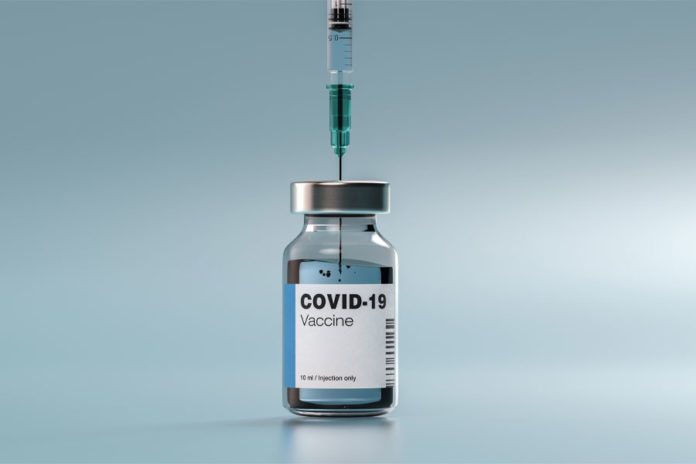This past year, millions of people in the United States showed up to get vaccinated against COVID-19. Around the word, around 5 billion people are now vaccinated against COVID-19, or around 60% of the population of the entire globe. However, as the earliest adopters of the vaccine have already passed their one-year vaccination anniversary, far lower numbers have received a booster shot.
Why are boosters lagging behind the initial vaccine – and why should people take the booster seriously? Some people may believe that they do not need the COVID-19 booster shot since they already received the original vaccine. They may believe that two doses of the Pfizer and Moderna or one dose of the Johnson & Johnson vaccine will provide them with enough protection. Furthermore, people who have contracted COVID-19 and recovered, may believe their natural immunity will be sufficient to protect them. Others may have experienced side effects from the vaccine and may not want to deal with those for a second time. Some legitimate logistical barriers are prohibitive: Lack of transportation to and from the vaccination site may prevent someone from getting their COVID-19 booster. Especially those who had to travel a far distance to get vaccinated or had to take time off from work to get their original vaccine appointments, may not have the flexibility to do it again.
However, evidence suggests that the booster has a significant impact on individual cases and the overall public health trajectory. The New York Times has presented data from the Centers for Disease Control (CDC) on COVID-19 outcomes among people who are unvaccinated, vaccinated with no booster, and vaccinated with the booster. Specifically, the weekly average deaths from COVID-19 per 100,000 people were recorded from October 2021 to November 2021. Individuals who were vaccinated and boosted had the lowest COVID-19 infection rate and mortality rate. Second, were individuals who were fully vaccinated but not boosted. The people who had the highest COVID-19 infection rate and mortality rate were the unvaccinated. Overall, CDC data shows that once an individual gets their COVID-19 booster, their overall risk of COVID-19 infection and death decreases. Lastly, according to the New York Times and the CDC the average weekly risk that a boosted individual would die due to COVID-19 was nearly one in a million during October and November 2021. At that rate, the risk of a boosted individual dying from COVID-19 is lower than the risk of an average American dying in a car crash, which is about 2.4 per million.
Guidance on COVID-19 protection measures has changed frequently over the past two years, and that may be frustrating to some people. However, the reason the situation shifts is because the science behind the COVID-19 virus and the vaccine evolves over time. It is not that the original guidance was incorrect. Instead, scientists and public health professionals are learning more about the COVID-19 virus, new discoveries are being made about the vaccine, and new variants have emerged such as the Omicron and Delta. Everyone involved – scientists, government officials, and average American residents – is doing their best to navigate in midst of uncertainty. But the data overwhelming show that getting vaccinated and boosted is still one of the best measures anyone can take to protect themselves and their loved ones.
The good news is that about 94 million people across the United States have received the COVID-19 booster. Now is the time for the rest of the population to step up. Especially if it has been six months or more since the second dose of the Pfizer or Moderna vaccine or two months since the Johnson & Johnson vaccine, the booster will reinforce the protection. For everyone, this means continuing progress to a time when the crisis is no longer acute. For some, this may literally be the difference between living instead of dying from COVID-19.








